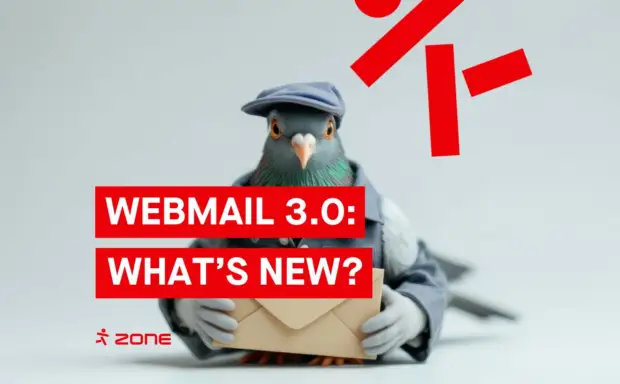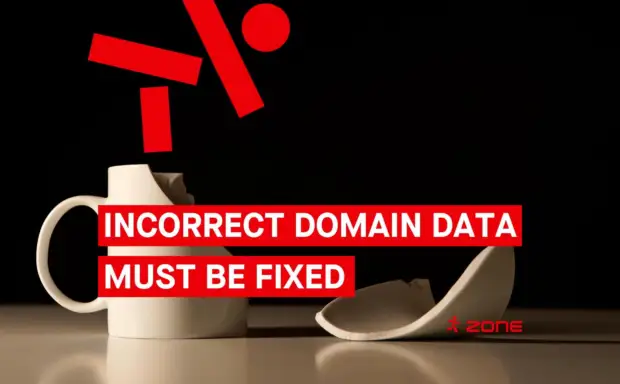This blog post is more than 18 months old and may be out of date.
TL;DR;
Starting in June, default versions are going to be gradually upgraded on our servers: NodeJS LTS to version 20 and Python to version 3.11
Starting this month, we will gradually upgrade the default versions of NodeJS and Python on our Zone platform, this post is meant to catch the attention of all users familiar with these tools.

NodeJS LTS 20
The change of the NodeJS version may affect the users in several ways.
Web applications running under PM2
The major and most immediate impact will be to all web applications written in NodeJS, which is constantly running on the server. Such applications will stop working after the upgrade if they are not compatible with the new version. Note that all applications will restart during the server update. Ensure your applications also work with the new version, or use NVM to keep using the previous version.
JS & CSS build scripts
The scripts used to compile CSS and JS on websites to make it understandable to web browsers have less impact. If commands such as yarn build or npm run build are executed on the web server, your current website will continue to work, even if the build scripts are not compatible with the new version. Problems may occur when updating the website code, should it be necessary to update JS and/or CSS files online.
If performing compilation on a separate server not located on Zone, you will not be affected by this change.
NodeJS versions can be set up using NVM
Although the NodeJS version upgrade will likely have minor impact on applications, it is still worthwhile to prepare. All dependencies should be upgraded as much as possible using yarn or npm. You can also start using NodeJS 20 right away by using NVM (read here: Node Version Manager). You can also use NVM for setting up your current version so the previous version set up with NVM will still be used even after the basic version is upgraded on the server.
If you suspect that your web application might not work with a newer version, you should set up the current version in advance using NVM. You can view the currently running version via the web server’s SSH console by executing the node -v command.
When using NVM to install a version, for example nvm install 18, this version must be entered in the interpreter field of the PM2 ecosystem file, e.g. /dataXX/virtXXX/.nvm/versions/node/v18.20.3/bin/node, replacing /dataXX/virtXXX with your SSH user’s home directory.
Python 3.11
Python is not the most common software in shared web hosting. If you have a simple web application, you can ignore this section. However, if you are running a specific Python-based application, it is important to know that the default version will be upgraded from 3.8 to 3.11.
Python 3.11 is already available on our servers by using the python3.11 command. The current python command launches python3.8 in the background. This means you can upgrade your applications to the new version right now. During the change, the python command is configured to launch python3.11. The older version 3.8 is going to be removed from the system later, in the second half of summer.
In order to keep your application running, it is recommended to update virtualenv after the server update, starting to call the newer python3.11 directly.
You can create the new virtualenv version 3.11 by using the virtualenv ~/file/path --python=python3.11 command, replacing ~/file/path with the desired location.
Post navigation
Popular posts

.NO domain now at Zone – is your business ready for the Norwegian market?

Zone Webmail 3.0: New features that make email management easier than ever

Still the rightful owner of your domain? ICANN’s new rule means it’s time to double-check
